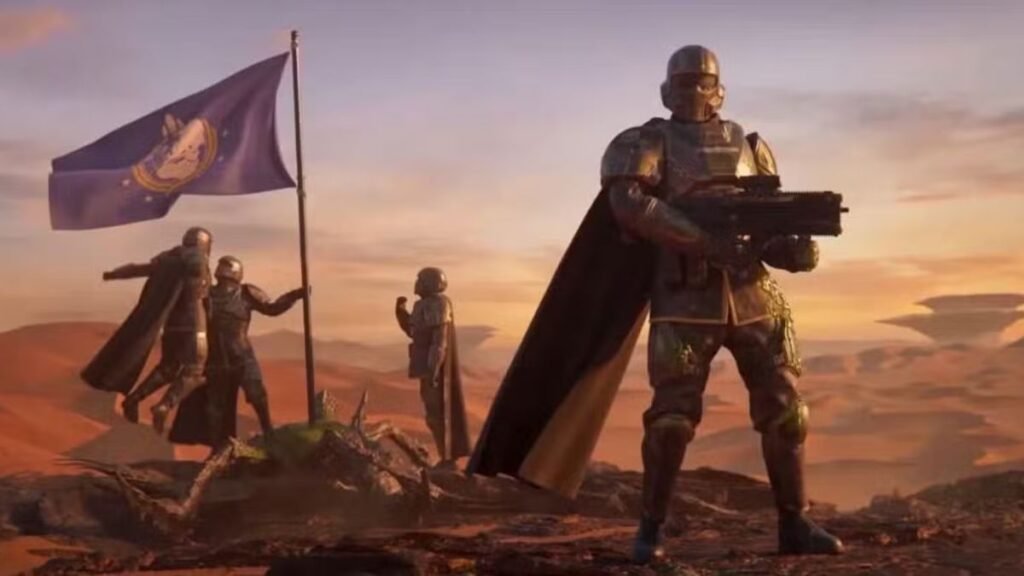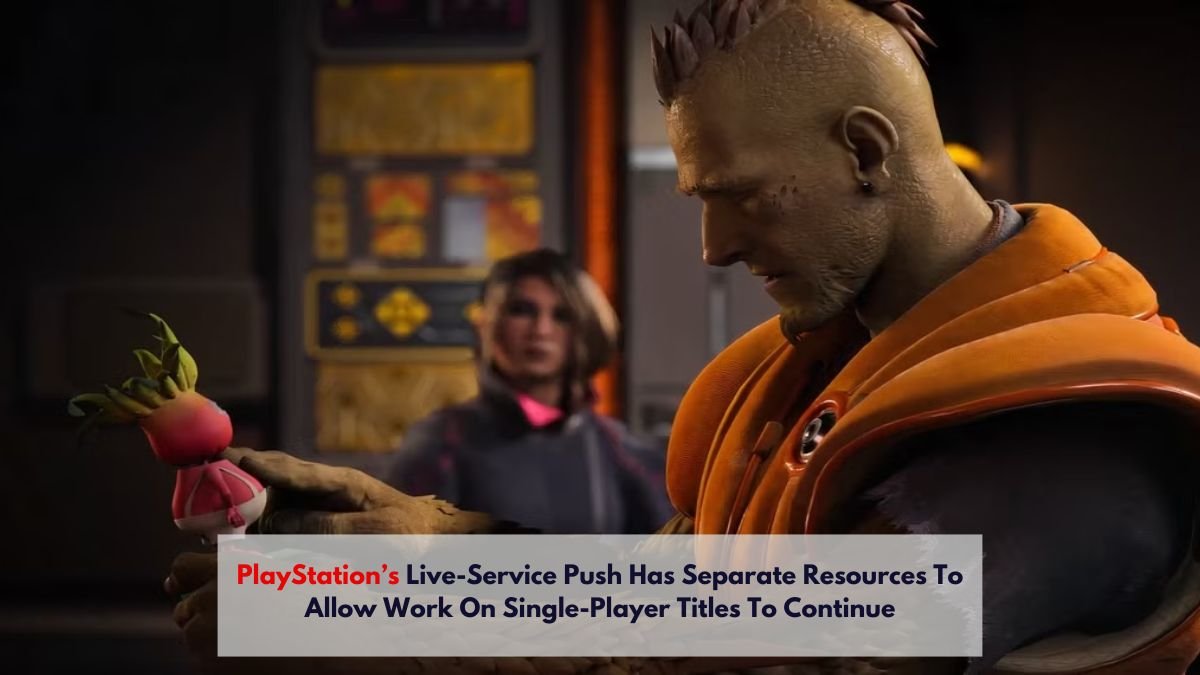Summary
- PlayStation’s live-service push had mixed results, with some successes like Helldivers 2 and several failures.
- Sony vows to persist in creating live-service titles despite challenges and risks to pursue potential success.
- Former Sony President Yoshida acknowledges the risk but sees the company’s approach positively, despite personal reservations.
Sony’s push into live-service gaming has been a prominent strategy since 2022, when the company announced plans to launch ten such titles by 2026. However, the journey has been far from smooth. Notable setbacks include the spectacular failure of Concord, the cancellation of live-service projects for Twisted Metal and The Last of Us, and significant challenges faced by Bungie’s flagship games, Destiny and Marathon. While Helldivers 2 emerged as a bright spot, the overall effort has been riddled with obstacles. Despite these challenges, Sony remains committed to the live-service model, emphasizing a willingness to take calculated risks in pursuit of potential rewards.
PlayStation’s current direction has sparked considerable debate among fans and industry insiders alike. Adding to the conversation, Shuhei Yoshida, former president of SIE Worldwide Studios, recently shared his perspective. He remarked, “If I were in Hermen’s position [Sony Interactive Entertainment CEO], I would try to resist that direction.” His comment highlights a potential divergence of opinion within the company regarding its strategic choices.
Former Sony President Sheds Light On The Company’s Live-Service Push

When Sony announced plans to release numerous live-service games in a short span, fans worried this might come at the expense of the company’s renowned single-player titles. However, during an appearance on the Kinda Funny Gamescast with Greg Miller, PlayStation’s Shuhei Yoshida addressed these concerns. He explained how Sony allocates its resources to balance its gaming portfolio, reassuring fans that single-player experiences remain a priority.
“When I transitioned and Hermen Hulst took over, Sony provided significantly more resources,” Yoshida said. “They didn’t tell Hermen to stop creating single-player games. Instead, they recognized their value, encouraged their continuation, and allocated additional resources to also develop live-service games.”
This clarification highlights Sony’s commitment to delivering both top-tier single-player titles and exploring new opportunities in the live-service space.
“They understood the risks—launching a game in such a highly competitive genre comes with slim chances of success. Despite this, the company chose to support Hermen, providing him with the resources and opportunity to bring his vision to life. In my view, that’s commendable. With any luck, some of these games will achieve the success they deserve,” he said.
The chance of a game being successful in this hugely competitive genre will be small, but the company, knowing that risk, gave Hermen resources and a chance to try it.
Yoshida has expressed optimism about Sony’s push into live-service games, though he admits he might have been less supportive if he were still leading the charge. Reflecting on the shift, he remarked, “If I was in Hermen’s position, I would try to resist that direction. Maybe that’s one of the reasons they removed me from first-party.”
Despite the divisive nature of this decision, Sony seems committed to exploring the live-service model. Fortunately for fans of single-player experiences, this move doesn’t appear to come at the expense of Sony’s acclaimed story-driven titles.
